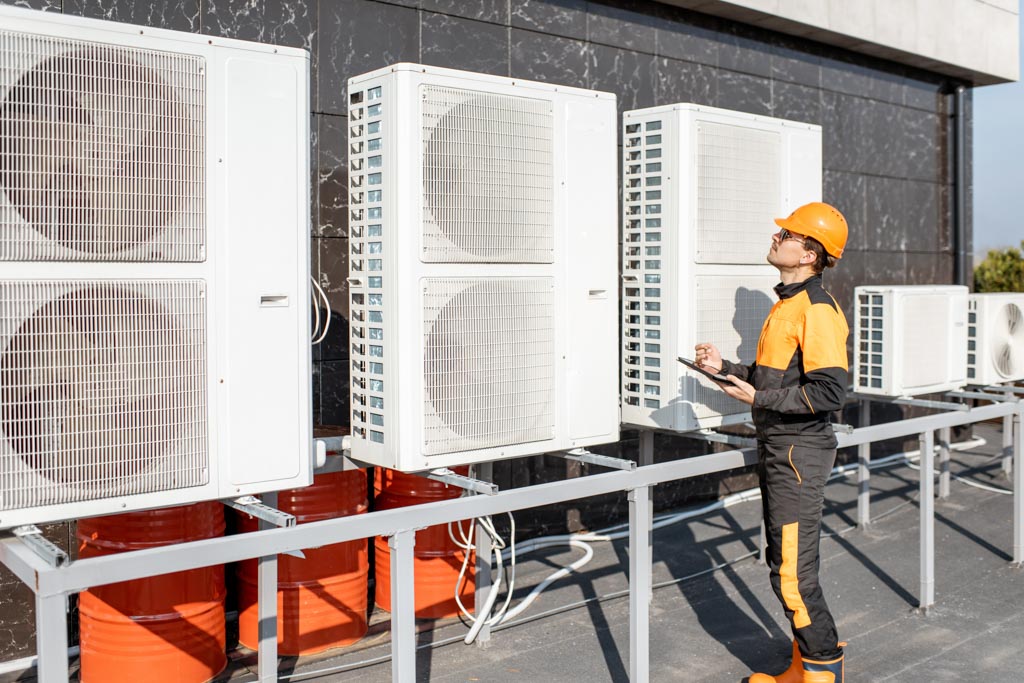In post-pandemic Belgium, the federal government is now rolling out the details of a “ventilation plan” for public places, including gyms, restaurants and theaters.
It’s an interesting move that might have significant effects on the fitness industry if governments in other areas follow suit.
Some of those effects might actually be good for a change.

The exact details of Belgium’s plan—read about it here—are still fuzzy.
For example, the news report lists two “non-compulsory target values” for air flow. It’s not clear if they will be used in a “please reach them” manner or as part of a “vent or shut down” plan.
Here’s what we know:
- Managers of public spaces will have to perform a risk analysis. That will include C02 measurements and an inventory of ventilation and air-purification systems.
- If the analysis reveals subpar ventilation, the manager will be required to create an action plan.
- Gym owners will have 12 months to fall in line after the government plan becomes official—likely this spring.
- In 2025, public spaces must have an “air quality label” provided by a certifying officer.
- The Belgian government will keep track of these labels in a database.
Here’s the big one:
“In the event of a possible new pandemic, the government can then take targeted measures tailored to different public areas.”
Pros and Cons of the Belgian Plan
I’ll avoid starting a debate about government-mandated closures of small businesses. I hope we never have to deal with that again.
But if these new measures allow well-ventilated gyms to stay open in the future, that would be a win—even if I have an aversion to ever-increasing amounts of red tape and bureaucracy.
During the COVID-19 pandemic, gyms suffered more than they needed to because they were all lumped together: “Close or face fines.”
That worked for bureaucrats who were sloppily painting lines with gigantic brushes. But it meant that all gyms got closed—even well-ventilated, access-controlled coaching facilities that served relatively small numbers of people in spaces with plenty of room for social distancing.
This was so unfair that forward-thinking gym owners actually started monitoring and improving ventilation levels in an attempt to prove to clients and governments that they were safe. Read about that here: “COVID and C02 Monitors.”
My hope would be that if the Belgian government decided to close public spaces again, it would allow well-ventilated businesses to remain open. That would give those entrepreneurs a chance to preserve their revenue and stay afloat.
My cynical suspicion is that the government will force gym owners to jump through a host of hoops and then just close them all anyway out of fear of transmission. But that’s just me, and I’m low on trust these days.
The downside to this Belgian plan: More regulation and the potential for increased facility expenses.
Improving ventilation is expensive. Costimates.com suggests air purification systems will run a business between $7,500 and $15,000. That’s a very broad range, but the point is that air-flow improvements aren’t a $400 proposition, and many small businesses aren’t set up to handle large expenses like this. Especially if the government forces them to do it on a timeline after two years of reduced revenue.
Improved air flow can also increase heating and cooling costs—and perhaps emissions, which governments are also trying to regulate.
So the downside involves cost and government interference. The upside is the potential to preserve revenue if restrictions return.
Not all Gyms Are the Same
It’s uncertain how Belgium’s plan will affect other governments, but if I take anything from the news, it’s this:
Not all public spaces are the same, and not all gyms are the same.
I sincerely hope we’re beyond pandemic restrictions for good. But if we aren’t, I hope local governments avoid broad categorization of all businesses when forming policy.
Science might provide a reason to close a poorly ventilated commercial gym that’s packed tight with 1,000 people who are breathing hard while roaming freely among the machines.
If that’s the case, that same science should be applied when considering small, well-ventilated microgyms in which a trainer coaches five or eight clients who are all separated by several meters.

